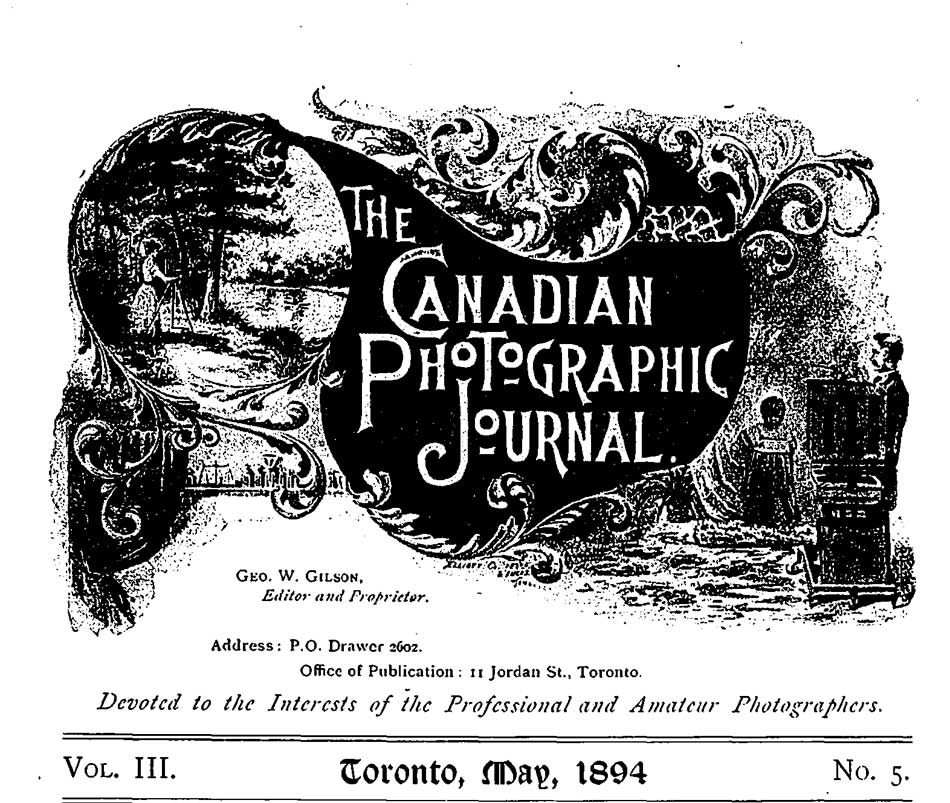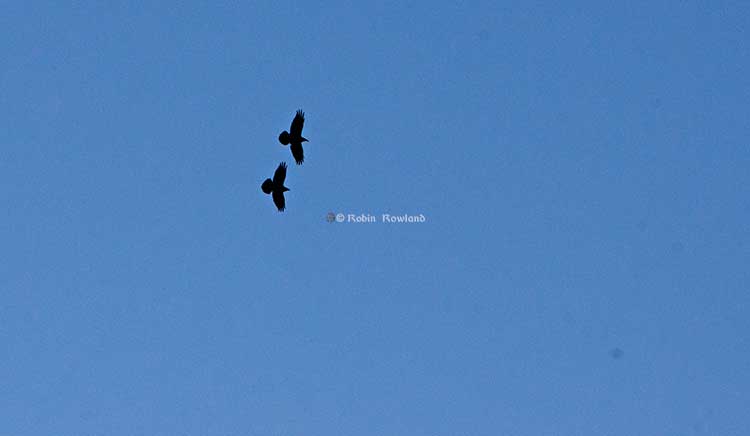This week is a stargazer’s delight. Mars is at its closest approach to Earth, and that means the Red Planet is the brightest it will be from July 27 to July 31 (the latter date is when Mars is actually the closest). Although North America missed the solar eclipse earlier this week, the moon is […]
Tag: Photography
“Such miserable pirates are too sordid to engage a photographer to make a special series for them; they prefer to rob an already poorly paid class of men-men who have to depend for their living upon the sale of views taken during the short summer months.” Most photographers today believe that the problems of […]
In Memorium: Richard Dawson
The Niagara Falls Review is reporting that retired CBC cameraman and well-known blues musician, Richard Dawson, died suddenly last week of a heart attack in Thailand. He was 62. Here are three photos of Rich that I took during the victory party that marked the end of the CBC lockout in October 2005. I […]
So one of the “rules of photography,” especially nature photography, is you don’t shoot on a clear, bright, blue sky, summer afternoon with the sun high overhead. So today I broke all those rules and got a shot I’ve been trying to get for some time–the “white raven.” So what is a “white raven?” One […]
Sunset on Douglas Channel, Kitimat
Kitimat, BC is far enough north that in this time of year as we approach the solstice, the summer evenings are long, not the midnight sun of the arctic, but dusk continues for a couple of hours after the sun sets and the pre-dawn twilight comes after just a few hours of darkness. On Saturday […]
Another selection of images from my Android Galaxy camera phone. These were taken at the same time as the Vignette photos in the last blog but using the black and white setting for the Retrocam. My favourites for black and white are the Fudgecan (circa 1961 when I was growing up in Kitimat.) which have […]
The best laid plans lead to the forest moon of Endor
Photography is often affected by the weather. A change in the weather can mean as Robbie Burns wrote in 1785, “The best-laid schemes o’ mice an ‘men gang aft agley,” or to quote a more contemporary author, some guy called Murphy, “anything that can go wrong, will go wrong.” So it was on Saturday night. […]






